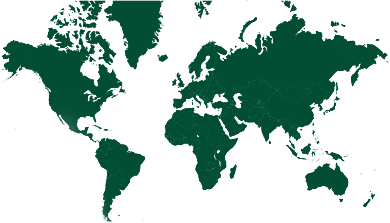Case study
2024 • Swedish University of Agricultural Sciences (SLU) Social barriers to urine recycling in decentralized sanitation systems
This case study examines the social barriers to urine recycling within decentralized sanitation systems. Conducted across multiple countries, it highlights perceptions and willingness among farmers, consumers, and other stakeholders to adopt innovations like urine-based fertilizers. Despite significant interest in recycling urine as a nutrient source, cultural and cognitive factors, along with social norms, influence acceptance levels. The study provides insights into the role of stakeholders, including toilet users, farmers, food producers, and decision-makers, in transitioning to circular sanitation systems.
Recovered Materials & Products
Nutrients
Fertilizer
Soil conditioner
Waste Streams
Urine
Confirmed countries
Global


Background and Context
Location: The study spans multiple global regions, including Europe, South Asia, and East Asia.
Resource Stream: Urine, as a source-separated waste stream.
Challenges: Public stigma, cultural barriers, and lack of understanding about urine’s potential as a fertilizer impede adoption of decentralized urine recycling systems.
Technologies/Methods Used:
Surveys, and cross-cultural analyses were used.
Stakeholders in the study included farmers, toilet users, consumers, regulatory bodies, and decision-makers.
Surveys were conducted with farmers in southern India and food consumers across 16 countries to understand perceptions. Additionally, data from similar studies in France and China were analyzed to identify factors influencing adoption.
Outcomes and Impacts
Results showed that 60% of surveyed farmers in India were willing to apply human urine as fertilizer. 68% of global food consumers supported recycling human urine, with 59% willing to consume urine-fertilized crops.
Consumer willingness to pay a premium for such food was low, at 15%.
Additionally, cognitive factors, such as perceived risks and benefits, significantly influenced acceptance, and social acceptance was highly dependent on family and community attitudes. Sending urine to treatment plants was the most trusted option by consumers.
Lessons Learned
Public acceptance varies significantly by cultural context but shows promising trends towards wider adoption. Effective communication and education can address cognitive and cultural barriers. Further studies are needed to engage actors with high decision-making power to foster systemic changes.
Learn more
The text of the case study is available at the link below:
https://files.grida.no/sdm_downloads/1146-case-study-8/
This case study is extracted from the publication linked below: "Wastewater - Turning Problem to Solution", UNEP (2023)
https://www.unep.org/resources/report/wastewater-turning-problem-solution#:~:text=This%20new%20report%2C%20%E2%80%9CWastewater%20-,blocks%2C%20described%20in%20the%20publication.
Technologies
Themes
Capacity building
Policy and regulation
Public acceptance